The term "bsp fitting" refers to a range of pipe connectors that utilize the British Standard Pipe thread standard for sealing and joining pipes. These fittings are integral to a vast array of plumbing, hydraulic, and pneumatic systems, ensuring a secure and leak-proof connection. BSP fittings are known for their reliability and versatility, catering to a wide range of applications across various industries.
Types and Features of BSP Fittings
BSP pipe fittings encompass a variety of products, each with unique characteristics to serve different purposes. Elbows, for instance, are used to change the direction of flow in a piping system, while tees are used to split or combine flow. Crosses allow for four-directional distribution, and couplings are used to connect two pipes of the same diameter. Each type of bsp threaded fitting is designed to provide a secure connection while facilitating the specific directional needs of a system. Within these types, variations such as reducing elbows or tees further enhance the adaptability of BSP fittings to different pipe sizes and flow requirements.
Structure and Operation of BSP Fittings
The structure of a bsp fitting is a marvel of engineering, designed to provide a secure and leak-proof connection. A typical bsp threaded fitting consists of a body with threads that can be either male or female, depending on the type of connection required. The precision of these threads is critical—they must be cut to exacting standards to ensure a tight fit. In the case of tapered threads, as the fitting is tightened, the threads compress against each other, forming a seal. Parallel threads, on the other hand, rely on a bonded seal, often in the form of a washer or O-ring, to prevent leaks.
Materials and Properties
The choice of materials for bsp fittings is dictated by the demands of the application. Stainless steel, known for its strength and resistance to corrosion, is a common choice for systems that require durability and hygiene, such as in food processing or medical applications. Carbon steel, on the other hand, is often used in high-pressure environments like oil and gas pipelines due to its robustness. The properties of these materials, such as their tensile strength and resistance to various chemicals, make them ideal for maintaining the integrity of a piping system under various conditions.
Business Usages and Applications
BSP fittings are pivotal in numerous business settings. In the manufacturing sector, they are used in the assembly of complex machinery where hydraulic systems are essential. In the oil and gas industry, the high-pressure resistance of bsp threaded fittings is crucial for safety and efficiency. Water treatment plants also rely on these fittings for their durability and leak-proof qualities, ensuring a secure supply of potable water. Each application not only demands the basic functionality of connecting pipes but also requires the fittings to withstand the specific environmental and operational stresses of the industry.
Functions of BSP Fittings
The primary function of a bsp fitting is to connect different sections of a piping system securely. This includes facilitating directional changes, providing access for maintenance, allowing for the extension of a system, and ensuring the safe transport of fluids or gases under varying pressures and temperatures. The design of bsp pipe fittings ensures that they can perform these tasks reliably over long periods, even in demanding conditions.
Distinctive Features of BSP Fittings
One of the unique selling points of bsp fittings is their compatibility with a wide range of piping materials and systems. This universality is complemented by the variety of shapes and sizes available, making them a versatile choice for many industries. Additionally, the precision of the threads ensures a consistent and reliable seal, which is a critical feature in preventing leaks and maintaining system integrity.
Benefits of Using BSP Fittings
The use of bsp fittings brings numerous benefits. They ensure a secure connection, minimizing the risk of leaks, which can lead to system failures and costly downtime. The robustness of the materials used in their construction means they have a long service life, reducing the need for frequent replacements. Furthermore, the ease of installation and maintenance of these fittings can lead to significant cost savings over time.
How to Use and Maintain BSP Fittings
Effective operation of bsp fittings begins with proper installation. Ensuring that threads are clean and properly aligned before connection is key. For maintenance, regular inspections for signs of wear and potential leaks can prevent system failures. When cleaning, it is important to use non-abrasive tools and suitable cleaning agents that will not damage the fitting's material or compromise the threads.
Choosing and Installing BSP Fittings
Selecting the right bsp fitting requires an understanding of the system's pressure requirements, the compatibility of materials, and the type of thread needed. Installation should be carried out in accordance with the manufacturer's guidelines, using the correct tools to avoid damaging the threads. A properly installed bsp fitting will have a snug fit without the need for excessive force, which could compromise the integrity of the connection.
Target Audience and Meeting Needs
The target audience for bsp fittings includes industries such as construction, manufacturing, and utilities, where reliable piping systems are essential. These fittings meet the needs of this audience by providing a combination of durability, reliability, and ease of use, which are critical factors for professionals in these sectors.
What are the common applications of BSP fittings?
BSP fittings are commonly used in applications that require a secure and reliable pipe connection. This includes water supply systems, heating and cooling systems, oil and gas pipelines, and in the automotive industry. Their robust design makes them suitable for both above-ground and underground installations.
How do BSP and NPT threads differ?
The main difference between BSP and NPT threads lies in their angle of thread and shape. NPT threads have a 60-degree angle and are tapered, while BSP threads have a 55-degree angle and come in both tapered (BSPT) and parallel (BSPP) forms. Adapters, such as bspp to npt adapter or bspt to npt adapter, are often used to connect these differing thread types.
Can BSP fittings be customized for specific industrial needs?
Yes, BSP fittings can be customized to meet specific industrial needs. Manufacturers offer OEM, ODM, and OBM services to produce fittings that match exact specifications, whether it's a unique size, shape, or material requirement, ensuring compatibility and performance for specialized applications.
For businesses seeking reliable and high-quality bsp fitting solutions, Alibaba.com provides a comprehensive selection from verified suppliers, ensuring that you can find the exact specifications needed for your piping systems without compromising on quality or performance.






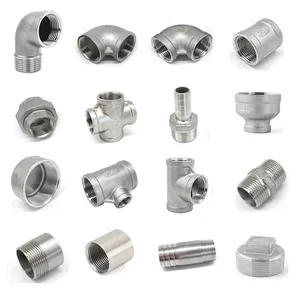

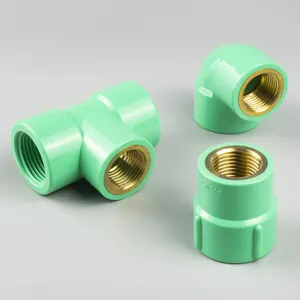
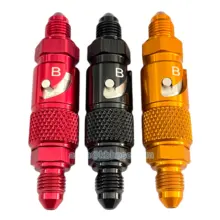
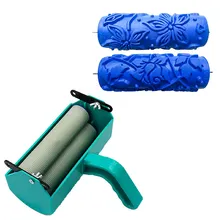
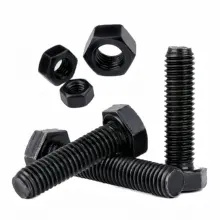
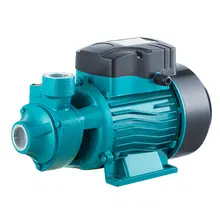
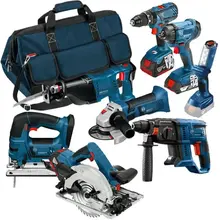

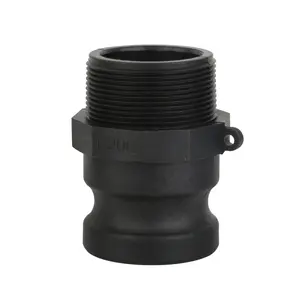

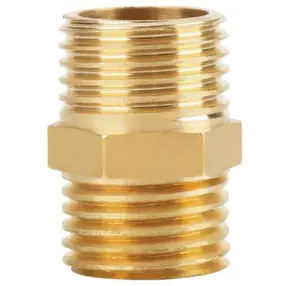
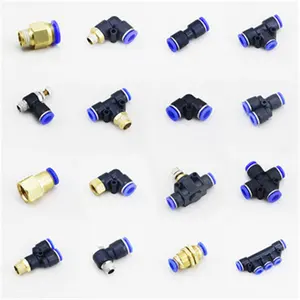
























 浙公网安备 33010002000092号
浙公网安备 33010002000092号 浙B2-20120091-4
浙B2-20120091-4